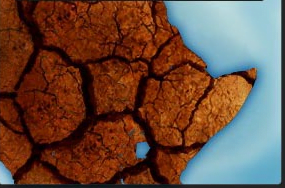The UN declared a famine in two regions of Somalia last week. Thousands of people are pouring into over crowded refugee camps everyday, while thousands more are languishing in a persistant state of food insecurity.
$1.1 billion dollars has been committee so far for the Horn of Africa food crisis, but there is still a gap of $1 billion to fulfill basic humanitarian needs caused by the worst drought in 60 years. Below is a list of the top 30 donors to humanitarian programs in Somalia, Ethiopia, Kenya, and Djbouti. From OCHA.
- United States – $448,017,213 ($46,704,961)
- European Commission – $167,237,380 ($8,111,588)
- Japan – $90,386,480
- UN Central Emergency Response Fund – $86,298,912 ($11 million)
- United Kingdom – $65,334,968 ($122,734,183)
- Canada – $26,050,674 ($3,902,440)
- Denmark – $22,754,682
- Sweden – $20,175,100
- Norway – $22,187,271
- Brazil – $22,095,646
- The Netherlands – $13,635,563
- Germany – $13,159,162
- Spain – $12,194,066 ($4,977,729)
- Switzerland – $10,767,113 ($572,738)
- Finland – $7,701,130
- Australia – $7,455,698 ($47,169,811)
- France – $5,564,352 ($1,353,276)
- Ireland – $4,852,895 ($569,801)
- Italy – $3,012,512 ($1,430,615)
- United Arab Emirates – $1,927,649
- Sudan – $1,788,000
- Islamic Development Bank – $1 million
- Russian Federation – $1 million
- New Zealand – $762,777
- Saudi Arabia – $738,487
- African Development Bank – $507,898
- Luxembourg – $276,578
- South Africa – $146,199
- Czech Republic – $112,676
- Estonia – $42,254
The UN is holding a pledging conference in Nairobi today in order to raise $1.6 billion, which is needed to cover humanitarian assistance over the next 12 months. More donors to step up–and fast. This is a famine.
